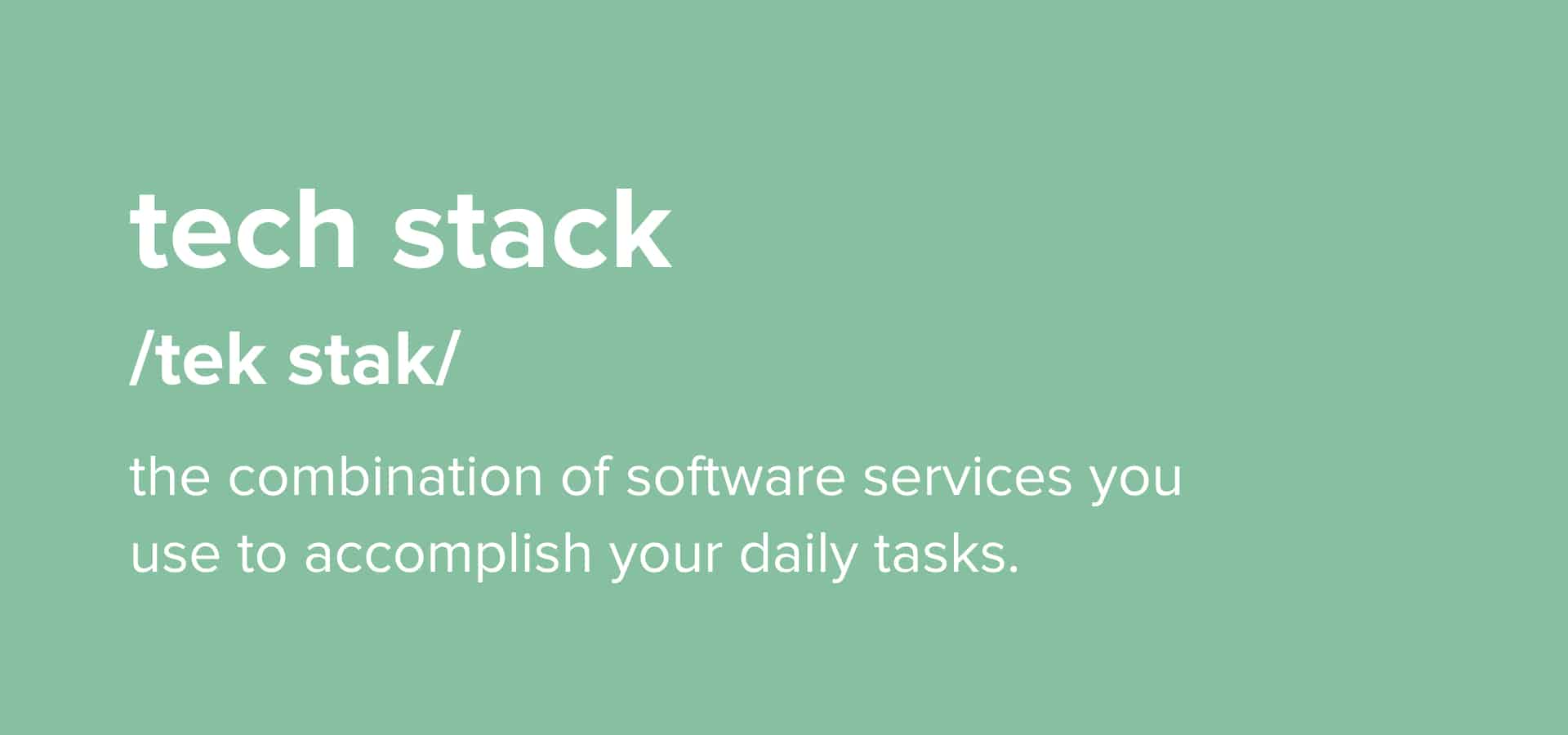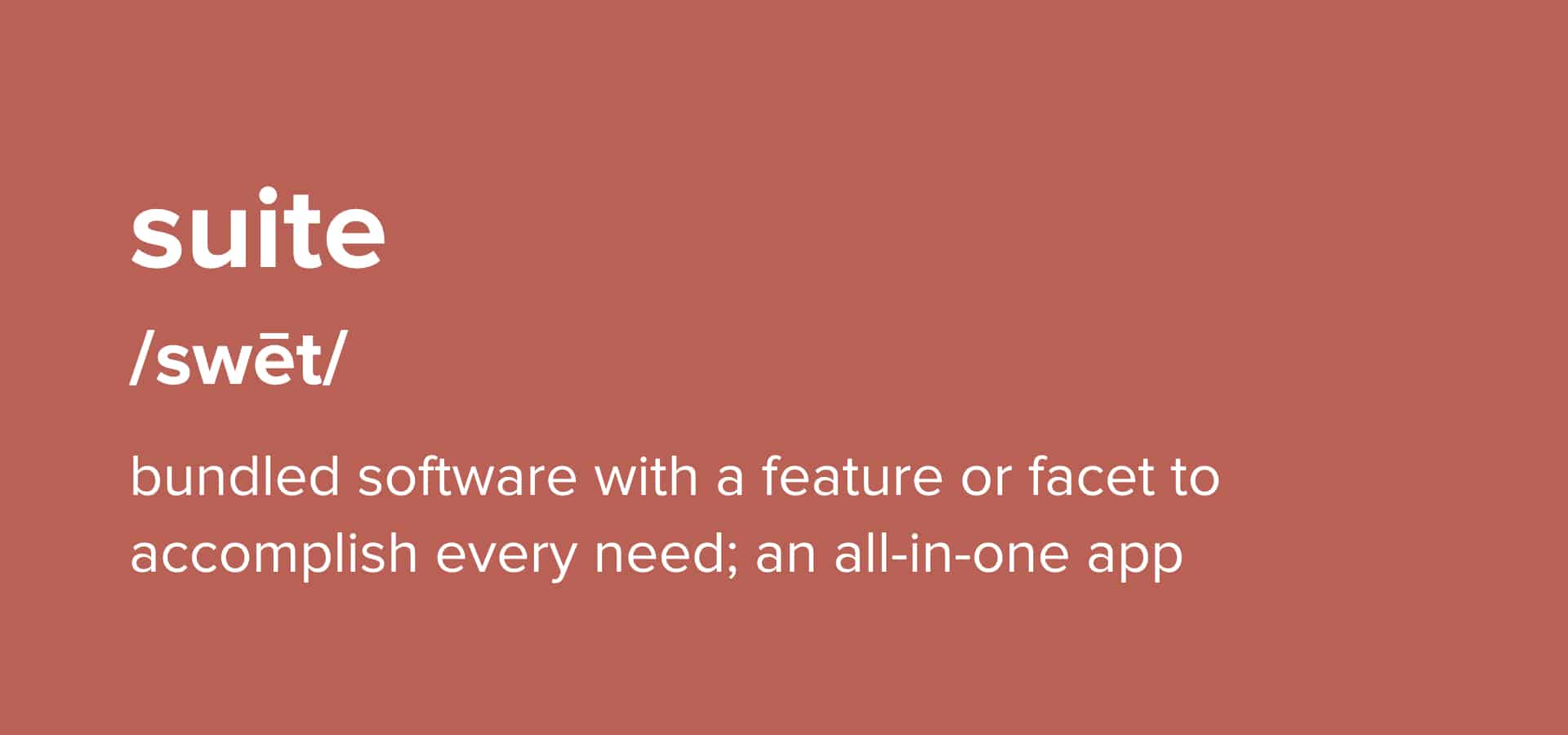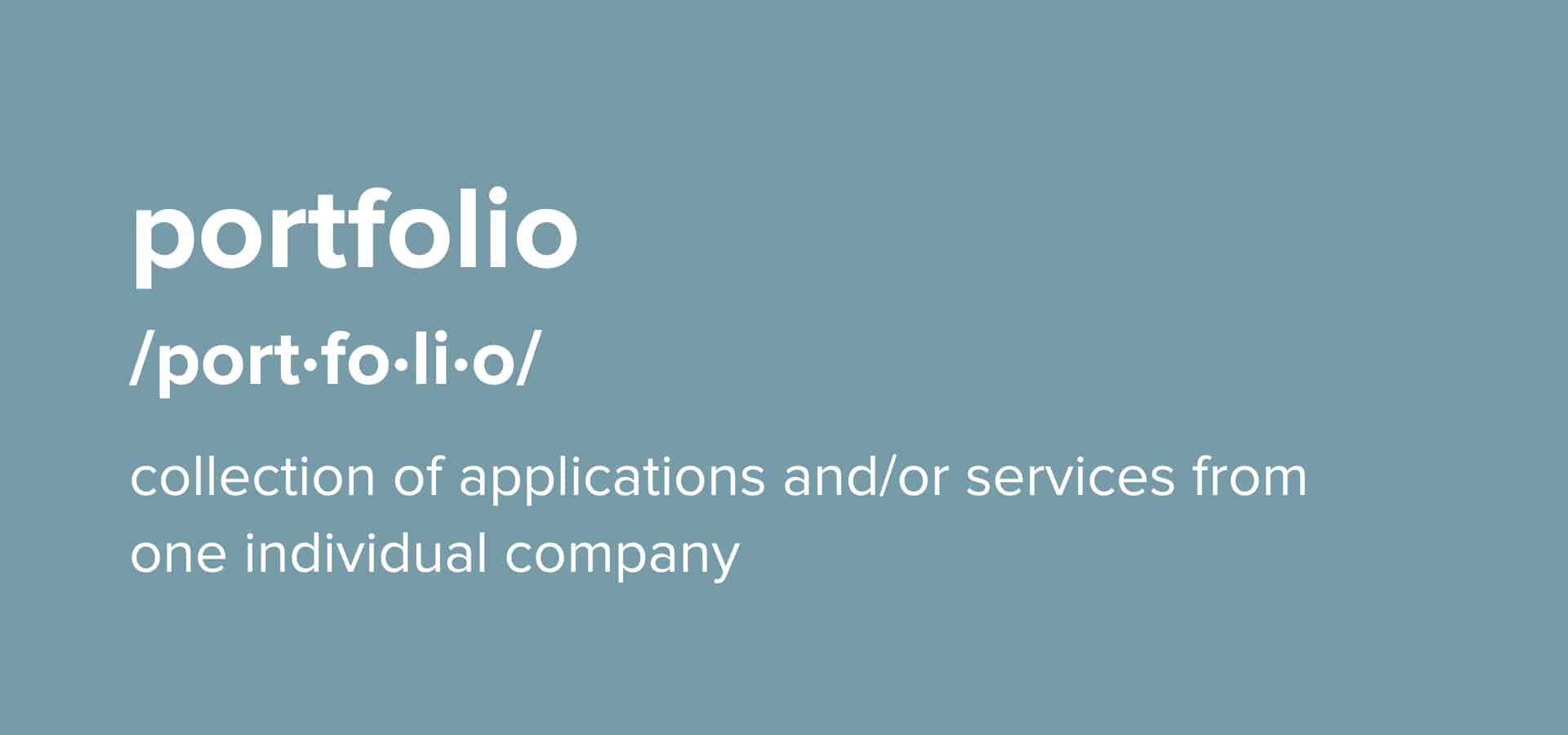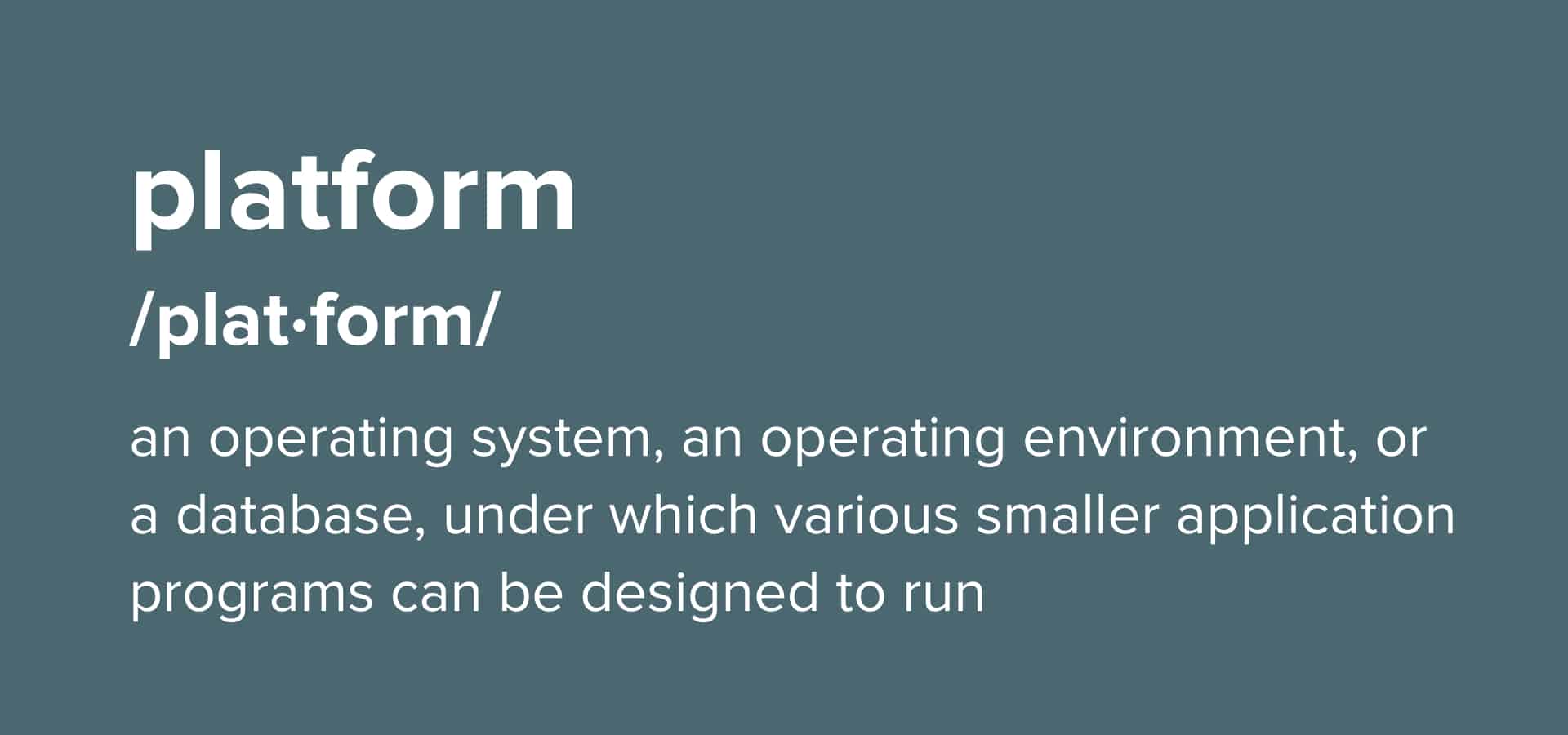3 Types Of Nonprofit Technology For Your Organization

Have you noticed that nonprofit software options seem to grow everyday? With new products promising to help you raise more money and save more time, where do you start in understanding what to choose?
We all there’s a lot of jargon when it comes to technology and software for your nonprofit. We also know that having the right nonprofit software is essential to keeping your organization moving. In this article, we’ll guide you through some key nonprofit technology terms that will help equip you to making the best decisions for your organization.
- What Is A Technology Stack?
- What Is A Technology Suite?
- What Is A Technology Portfolio?
- What Is A Technology Platform?
What Is A Technology Stack?
Technology stack is a borrowed term from engineering and software development meaning the operating systems, database software, and language(s) that make a piece of software work.

When we’re talking about a tech stack, we typically mean the software you use to keep your organization operational. This includes accounting, event registration, email marketing, and other services you use to do your daily tasks efficiently.
Most nonprofit software products were developed with a particular perspective on how they help their customers solve problems. This perspective plays into how nonprofit technology providers stack their solutions, if they stack at all.
The three specific approaches are known as suites, platforms and portfolios. We’ll break each of them down so you can be confident in which is best for you.
What Is A Nonprofit Technology Suite?
A nonprofit technology suite is an all-in-one software solution for charitable giving and fundraising.

It can include donor management, online fundraising, website creation, volunteer management, grant management, and more.
Suites are effective because they offer multiple solutions from the same company, so you don’t have to use several other products that you may not be as comfortable with. Technology suites also have weaknesses, though.
As technology progresses, software suites are forced to quickly push new and competing features to market. Then the suite can “accomplish” the needs you have, but older features tend to get neglected.
Suites in the nonprofit database world include companies like NeonCRM or DonorPerfect.
What Is A Nonprofit Technology Portfolio?
A nonprofit technology portfolio is a variety of isolated products that are all created by the same company.

A portfolio approach is effective at accommodating changes in technology. This means that as new technologies are released and established, a portfolio company can acquire or develop new products to meet those needs.
The downsides are that portfolio products aren’t really tightly knit. If content isn’t easily sharable between products, you’ll need to use the integrations they offer.
For example, a company might make a CRM database product and an online fundraising tool. If these are separate products and not very well-connected, you will have to import-and-export all your data. This can take a lot of time, especially from busy nonprofit professionals.
Companies like Blackbaud are an example of portfolios in the nonprofit software world. Blackbaud creates products like Raiser’s Edge and eTapestry.
What Is A Nonprofit Technology Platform?
A nonprofit technology platform is a software that provides a core solution and uses integrations to accomplish the other needs of the nonprofit.

The platform approach would provide primary solution but also offer apps and integrations for the other needs of the nonprofit like email marketing, volunteer management, event registration.
Not only are needs accommodated quickly and easily in this way, but this provides for more accurate data analysis and insights. Consider having donations, contacts, and emails all in different systems and trying to figure out who is giving when and why and how much. This is often the case when nonprofits use spreadsheets to track donors instead of a donor tracking software.
Integrations & API
Integrations are a key part of a platform. A true integration connects two software services, syncing data either one way or two ways. It eliminates the need for you to export data from one service and import into another. Instead, they seamlessly sync for you. This is especially helpful for nonprofits who use softwares like QuickBooks, Mailchimp, and Eventbrite. A nonprofit technology platform would allow the organization to connect these services so all the data stays in one place.
This is powered by “API” which is what makes integrations possible. If a platform has a great API, these new companies can integrate easily and quickly as the tech world expands.
With a platform, all your data is in one place. Integrations connect to the platform. All your information is in one place. You get key insights and analytics to help you understand the health of your organization. This all works together to help you grow your relationships with your donors.
Platforms in the nonprofit world include companies like Virtuous and Kindful.
Choosing The Best Nonprofit Technology Solution
At Kindful, we use the platform approach because it gives you a hub for all your donor data and the option integrate anything else you need. We use this approach because we think it best helps nonprofits grow.
But there are many options to consider for nonprofit software solutions. We believe the best solution is the one that works best for your organization.
That’s why we put together a Nonprofit CRM Comparison Guide to help you see the differences between Kindful and other nonprofit CRM solutions.
Compare Kindful & Other Nonprofit CRMs
Schedule a live demo with Bloomerang, and we’ll show you how easy it is to create and automate reports, utilize online and offline fundraising tools, quickly integrate and access all your data, and ultimately create more time to engage your donors.